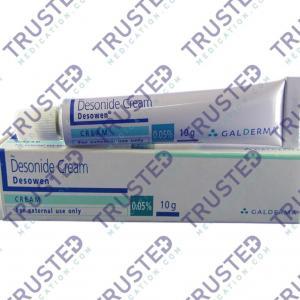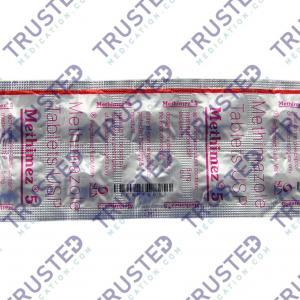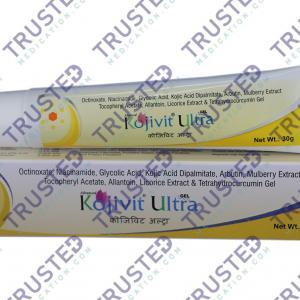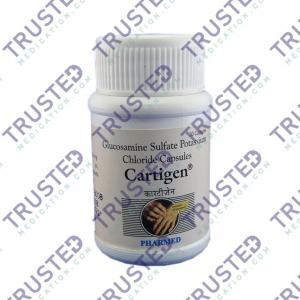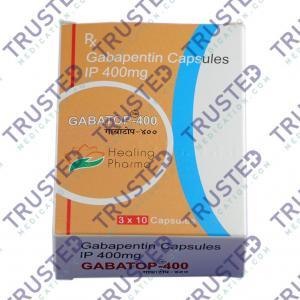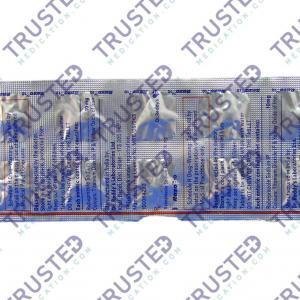
Acute Respiratory Distress Syndrome (ARDS) is a severe lung condition characterized by rapidly progressing respiratory failure. It is a life-threatening condition that requires immediate medical attention.
ARDS occurs when fluid accumulates in the alveoli in your lungs. The fluid prevents your lungs from filling with sufficient air, resulting in less oxygen reaching your circulation. This depletes your organs of the oxygen they require to function.
Here are some key points about ARDS:
- ARDS is a medical emergency that can be fatal.
- It can be caused by a variety of medical conditions, including pneumonia, sepsis, and inhalation injuries.
- ARDS can also occur as a complication of certain medical procedures, such as cardiovascular surgery.
- Two of the most common causes of ARDS are pneumonia and sepsis, which account for 40% to 60% of all cases.
- The first symptoms of ARDS usually develop within a few hours to a week after lung injury.
- People with ARDS typically experience extreme difficulty breathing and shortness of breath.
- Some people with ARDS may notice that their lips, fingertips, or skin take on a bluish hue.
- ARDS affects people of all ages.
- There is no cure for ARDS.
Causes of ARDS
Doctors divide the causes of lung injury that lead to ARDS into two broad categories:
- Direct lung injuries are those that occur in or directly affect the lungs. Examples include:
- Inhalation of harmful substances, such as chemicals or smoke
- Pneumonia
- Near drowning
- Trauma to the chest
- Indirect lung injuries are those that occur elsewhere in the body, yet ultimately end up harming the lungs. Examples include:
- Sepsis
- Pancreatitis
- Severe burns
- Certain medical procedures, such as cardiovascular surgery
Symptoms of ARDS
The first symptoms of ARDS usually develop within a few hours to a week after lung injury. People with ARDS typically experience:
- Extreme difficulty breathing
- Rapid, shallow breathing
- Shortness of breath
Low oxygen levels in the blood, can produce a range of other symptoms, including:
- Confusion
- Excessive sweating
- Dizziness
- Low blood pressure
- Rapid heart rate
A bluish hue to the fingertips, lips, or skin (a sign of insufficient blood oxygen level).
ARDS Treatment
Treatment for ARDS typically aims to:
- provide breathing support
- increase blood oxygen levels
- treat the underlying cause of the disease
Treatment may include:
- Oxygen Therapy: Supplemental oxygen to maintain adequate blood oxygen levels.
- Mechanical Ventilation: In severe cases, a ventilator may be needed to support breathing.
- Medications:
· Corticosteroids: Reduce inflammation in the lungs.
· Diuretics: Help reduce fluid buildup in the lungs.
· Antibiotics: Treat underlying infections.
- Fluid Management: Careful monitoring of fluid intake to prevent fluid overload.
- Positioning: Prone positioning (lying face down) can improve oxygenation in some cases.
- Supportive Care: Nutritional support and physical therapy to prevent complications.
When to See a Doctor
Seek immediate medical attention if you experience:
- Rapid breathing or difficulty breathing.
- Severe shortness of breath.
- Bluish skin or lips.
- Confusion or altered mental status.
If you have risk factors for ARDS and develop symptoms of respiratory distress, don’t delay seeking medical help.
Follow up with a healthcare provider for ongoing monitoring and management, especially if you have a history of lung disease or other risk factors.
Acute Respiratory Distress Syndrome (ARDS) is a serious lung condition needing quick medical attention. Knowing its signs, causes, risks, treatment, and when to get help is vital for early detection and management. If you or someone shows signs of breathing trouble, seek immediate medical aid to avoid complications and improve recovery chances.

